In what’s certain to boost unemployed and under-employed American workers’ job opportunities, Acting Immigration and Customs Enforcement director Thomas Homan promised stepped-up worksite monitoring. After reviewing the percentage of time Homeland Security Investigations allocates to worksite enforcement, Homan concluded it was too little, and he instructed his agents to increase their vigilance by four to five times during the upcoming fiscal year. Homan pledged to take a two-pronged approach: prosecute the employers that hire and harbor illegal immigrants and remove the aliens.
The new ICE policy, if implemented, would represent a dramatic change from previous Republican and Democratic administrations that, since the 1986 Immigration Reform and Control Act (IRCA), have winked at businesses that hire unauthorized employees. Although IRCA had provisions to punish employers that knowingly hired illegal immigrants, the legislation allowed potential employees to present easily falsified documents such as I-9s, assuming the paperwork “reasonably appears on its face to be genuine.”
In the post-1986 era, illegal immigrant workers knew that fraudulent employment documents would pass for valid documents, and that worksite enforcement was unlikely. Doris Meissner, who served as Immigration and Naturalization Services Commissioner from 1993 to 2000, admitted that enforcement during her term was a non-starter. “We never really did in any serious way the enforcement that was to accompany the legalization of the people who were here illegally,” she said.
Consequently, the illegal immigrant population soared from the pre-IRCA three million total to today’s estimated 12 million, and stretched it out from mostly the Southwest to nationwide. Since the 1986 failure, Americans have been increasingly vocal about securing the border, and ending illegal immigration.
For years, Congress has been grappling with proposed solutions, but they’ve been unsuccessful. Congress introduced immigration bills in the Bush and Obama administrations, but they never became law because amnesty came first, and enforcement was a vague down-the-road promise – the same formula that failed in the 1986 law.
But out of nowhere candidate Donald Trump campaigned on enforcing immigration laws, and vowed to build a wall along the Southwest border, a platform that helped elect him. But, despite President Trump’s bravado, a wall isn’t the most efficient or most effective method to slow illegal immigration.
A faster, more certain approach is mandatory E-Verify coupled with, as Homan outlined, interior enforcement. Employers have no valid excuse not to use E-Verity which within 3.5 seconds can confirm a new employee’s status. Since E-Verify would deter illegal aliens from applying, the simple verification process would protect the jobs of American citizens and legal permanent residents. As of June 30, according to U.S. Citizenship and Immigration Services data, employers used E-Verify more than 25 million times, and they give the program glowing reviews.
Homan’s interior enforcement plan would help eliminate the jobs’ magnet that lures illegal immigrants to the United States. A Pew Research Center study found that about eight million aliens work in non-ag jobs that include positions in construction, hospitality and manufacturing.
The Trump White House should set aside its “big, beautiful” wall vision, and instead promote what’s more immediately doable and more practical – E-Verify and interior enforcement.
—
Joe Guzzardi is a Californians for Population Stabilization Senior Writing Fellow. Contact him at [email protected]. Follow him on Twitter @joeguzzardi19.



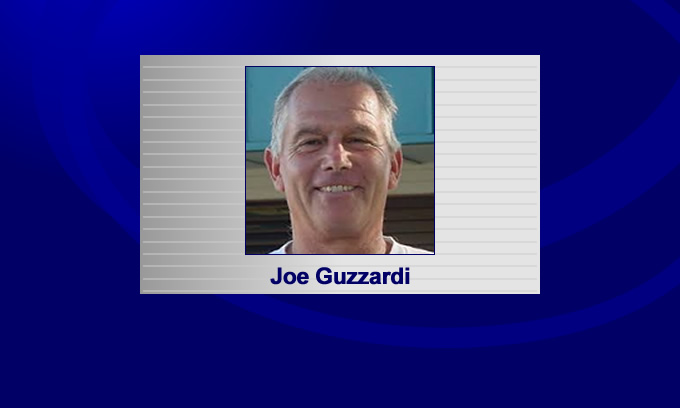
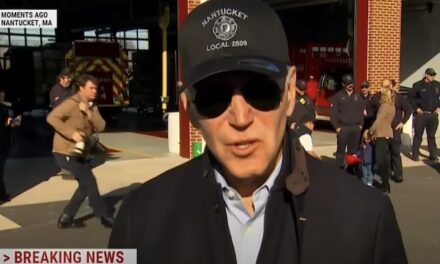
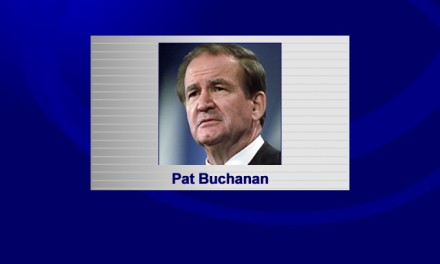
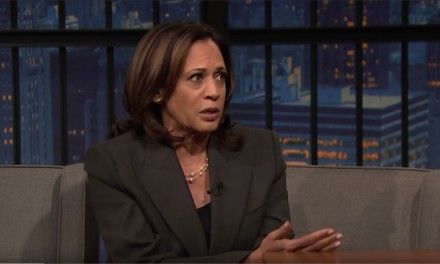
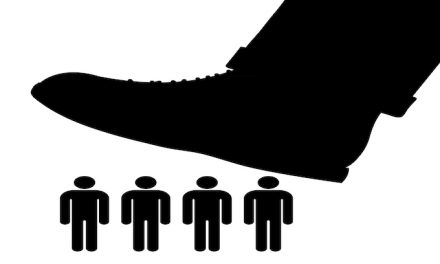











Recent Comments